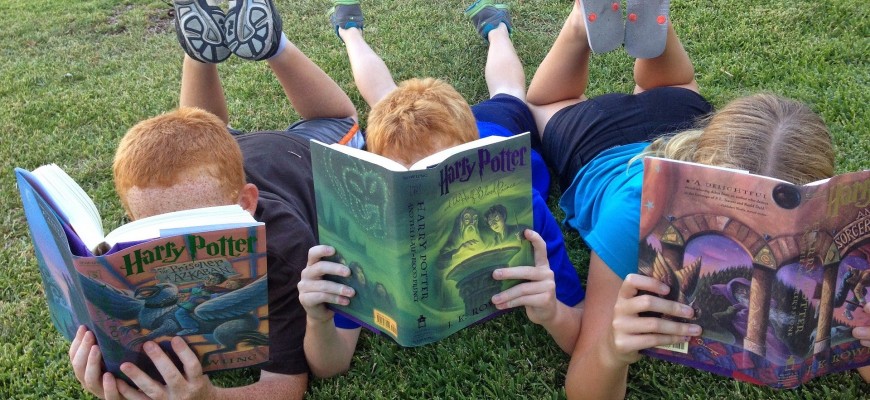Today we’re going to be talking about how to teach your child to read using syllables.
I’m Liz Dunoon and when my 3 children all experienced learning difficulties, I helped them to catch up at school with their reading and spelling and achieve success. As a qualified teacher who specialises in learning difficulties and literacy, I’ve since taught 100’s of kids to read and spell and catch up at school.
Syllables are the beat or the rhythm of words.
They can take any long word and make them into a series of shorter words, which are easier for your child to decode.
Let me show you how this works.
The word ‘map’ has one syllable – map = 1
The word ‘carpet‘ has two syllables – car-pet = 2
The word ‘manager‘ has three syllables – man-a-ger = 3
The word ‘January‘ has four syllables – Jan-u–ar–y = 4
The word ‘hippopotamus‘ has five syllables – hip-po-pot-a mus = 5
You can demonstrate syllables to a child by clapping words or beating a drum, but there is another way that’s even better. Ask your child to rest the top of their hand under their chin. This way when they say the words they can feel the number of times their chin drops. This number will be the number of syllables in the word.
Here is something else you need to know, so you can tell your child, ‘every syllable must have a vowel’. Let me say it again, ‘every syllable must have a vowel’. So that is ‘a, e, i, o, u‘ or that tricky consonant that wants to be vowel ‘y’.
Once your child knows these two things; how to break down the words into syllables and that every syllable must have a vowel, it makes decoding words so much easier for them.
If your child is having trouble spelling words, it’s a great idea to get them to say the word and see how many syllables it has before they try and write it.
I spoke to a young boy this week who was able to spell the word ‘behaviour’ for the first time simply by using this method.
If you think your child would benefit from learning how to read and spell using a multi-sensory method like this…. Join me on my free webinar by clicking the link below.
You will learn how the English language can be broken down into small chunks and taught to struggling learners quickly and easily.

You will also find out how to get educational posters, educational resources and so much more to assist your child’s learning to help them catch up at school … fast.
So we can keep in touch, please subscribe to my Youtube channel here as I’d love to hear your comments.

Now it’s your turn to think… Give me some a long word and tell me how many syllables it has – The longer the better… by leaving a comment below right now.
See you soon,
Liz Dunoon




















ornithorhynchus – 5
Love it Anne.
Liz
I am a 52 year old primary school teacher and now a tutor for several years.
Was wondering if you would be interested in assisting me start a tutoring business for children with special needs. I have taught Special Ed and Primary School children for well over 25 years with excellent results. I would love to work with dyslexic children. I live in Melbourne.
Enjoyed your book and have recommended it to some teachers. Would also be happy to assist with P.D in Vic Schools in re to educating teachers further in this area. Kindly email me if you would like to discuss this further. kath.vic@hotmail.com
I really like your method of putting the hand under the chin to count the syllables.
But I’m confused when it comes to actually spelling the syllables. Are there some inconsistencies/disagreement in how people do this? For example, contrary to the way you split up the word manager above, the dictionary splits it up like this: man·ag·er. I’ve seen differences before, not just here…